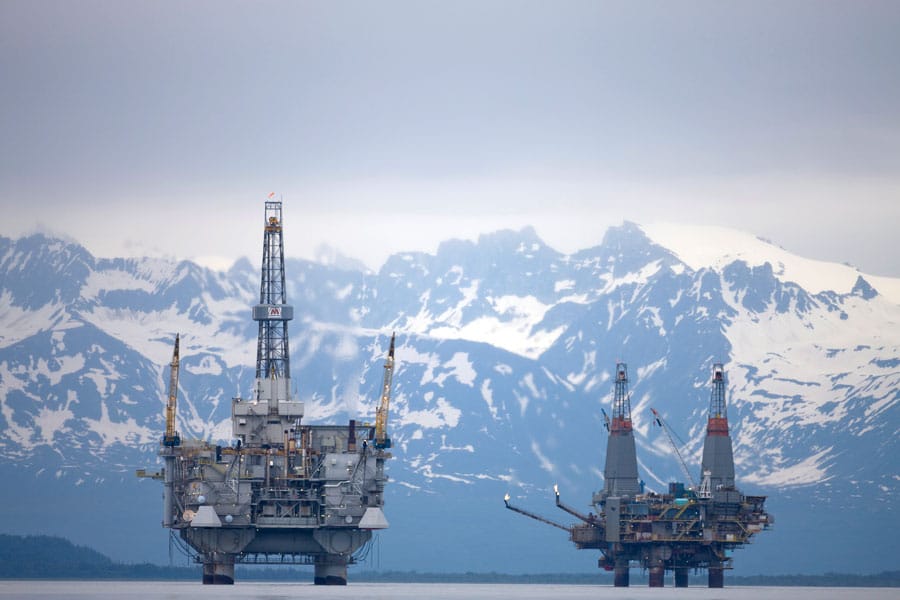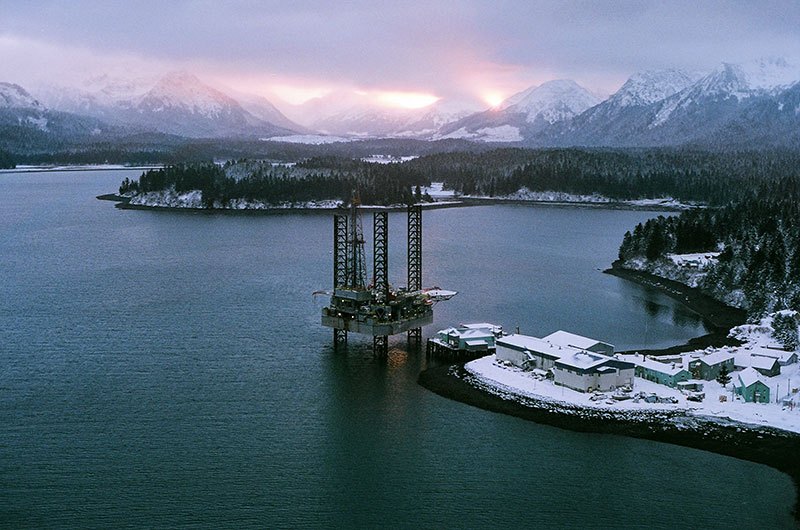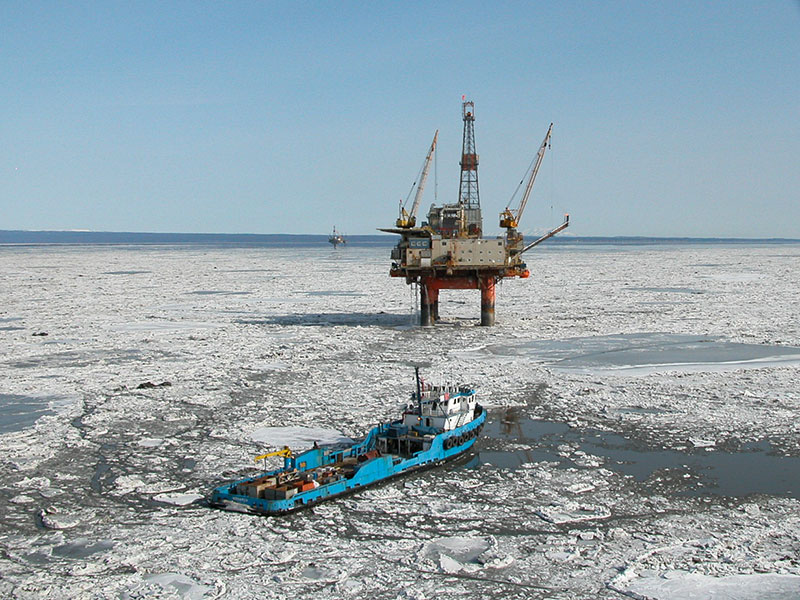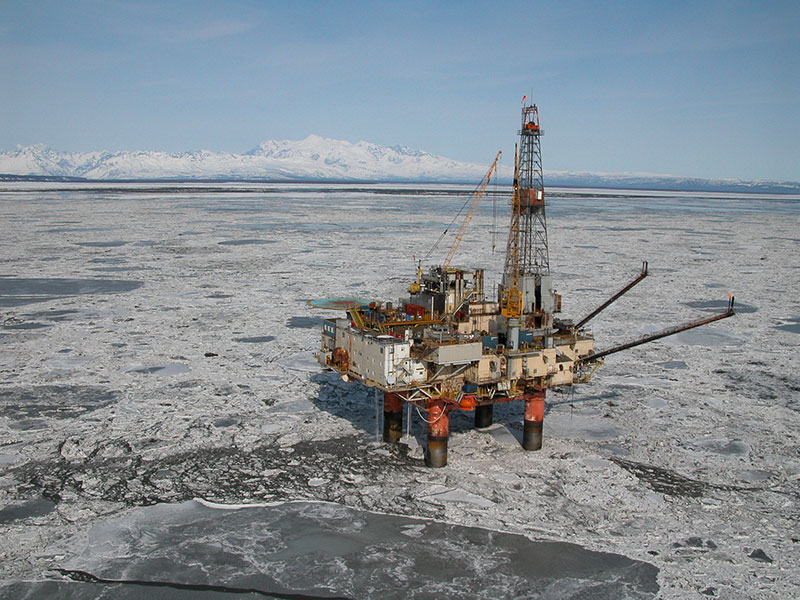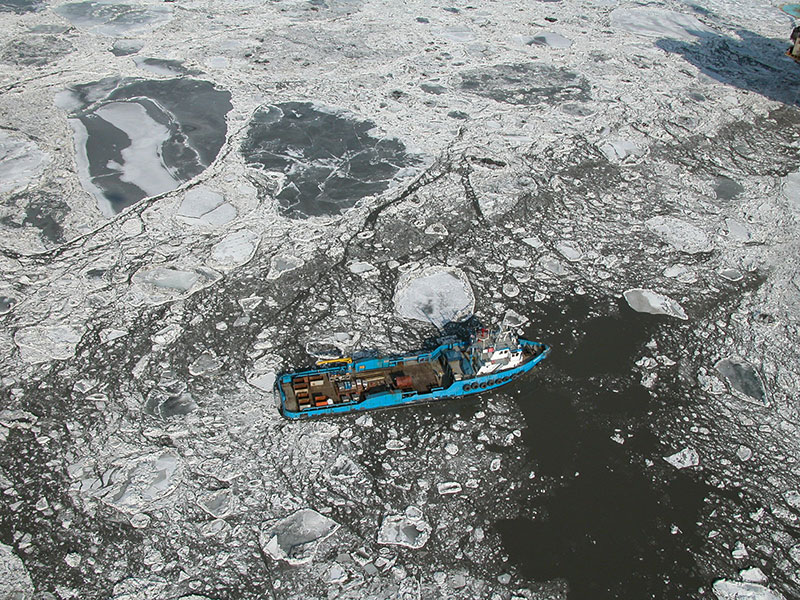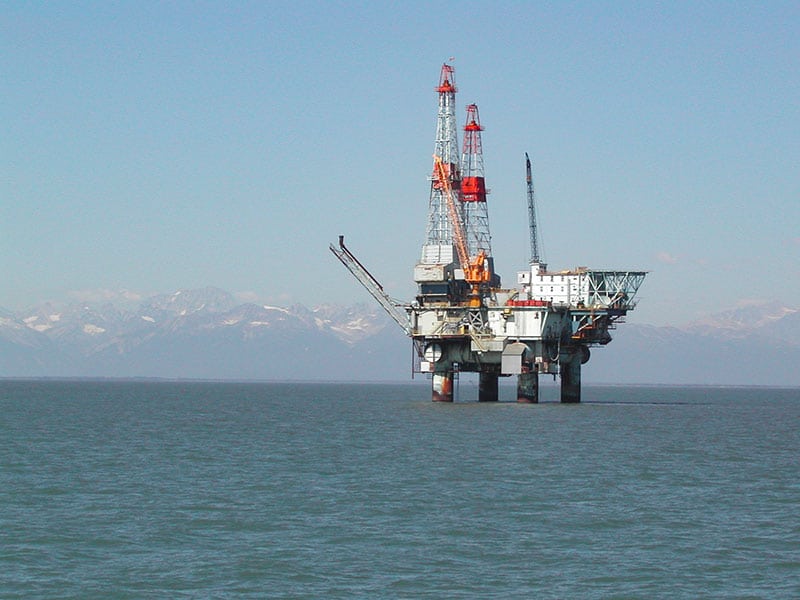This program’s purpose is to understand and predict the potential fates and effects of oil discharged into Cook Inlet to guide oil spill planning and response activity. Our aim is to develop or support large-scale studies of oil transport, fates, and effects that include Cook Inlet conditions and scenarios.
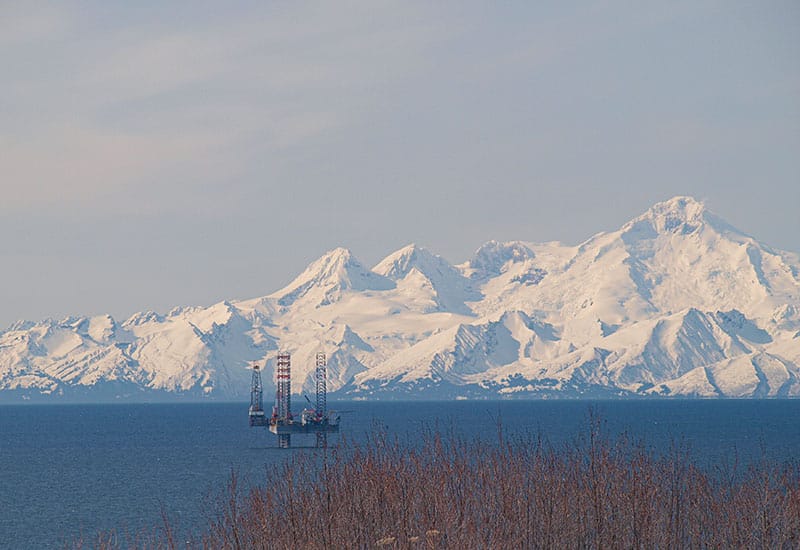
Given the cost of conducting many of these studies, we work with other researchers, agencies, and organizations to identify and prioritize data gaps for better oil fate and transport models, taking into considerations parameters such as emulsification, dispersal, biodegradation, aggregation with mineral fines, deposition, photo-chemical oxidation, and food-web interactions. As well, it is important that research take into consideration environmental parameters such as salinity, temperature, energy, and suspended sediments that can influence efficacy, transport, fates, and effects of various oil spill response options. By working within large research groups, we can increase the likelihood that those factor that that have the potential to most influence behavior of oils spilled in Cook Inlet are included in studies and models.
This program overlaps with work of other Cook Inlet RCAC programs. For example, one response option that impacts the fate, effects, and transport of oil during an oil spill is the use of dispersants. Within our Technical Review Program, dispersants are addressed by using the Protocol Committee for providing timely reviews of regulations or other documents (e.g. reviews of Alaska Regional Response Team dispersant application guidelines or plans). Also, our Prevention & Response and Physical Oceanography programs have ties to oil fate and effects through their ties to needing improved surface and dispersed plume oil spill transport models. Another example is suspended sediments in Cook Inlet, which are a component of water quality that we assess during some of the studies under our Chemical and Biological Environmental Monitoring Program but are included here since they can significantly impact the transport, sedimentation, and biodegradation of spilled oil. A significant portion of Cook Inlet has very high suspended sediment loads in the upper water column and SPM has the potential to significantly impact the short- and long-term fate of spilled oil.
Develop an understanding of the transport, fates, and effects of oils that have the potential to be spilled in the Cook Inlet RCAC area of concern.
Develop an understanding of efficacy, fates, transport, and effects of oil treated by various response methods likely to be used on oil spills in the Cook Inlet RCAC area of concern.
Make data accessible to improve oil spill planning and response decisions.
5002 (f) (2)
(C) study wind and water currents and other environmental factors in the vicinity of the terminal facilities which may affect the ability to prevent, respond to, contain, and clean up an oil spill;
(E) monitor developments in oil spill prevention, containment, response, and cleanup technology.




